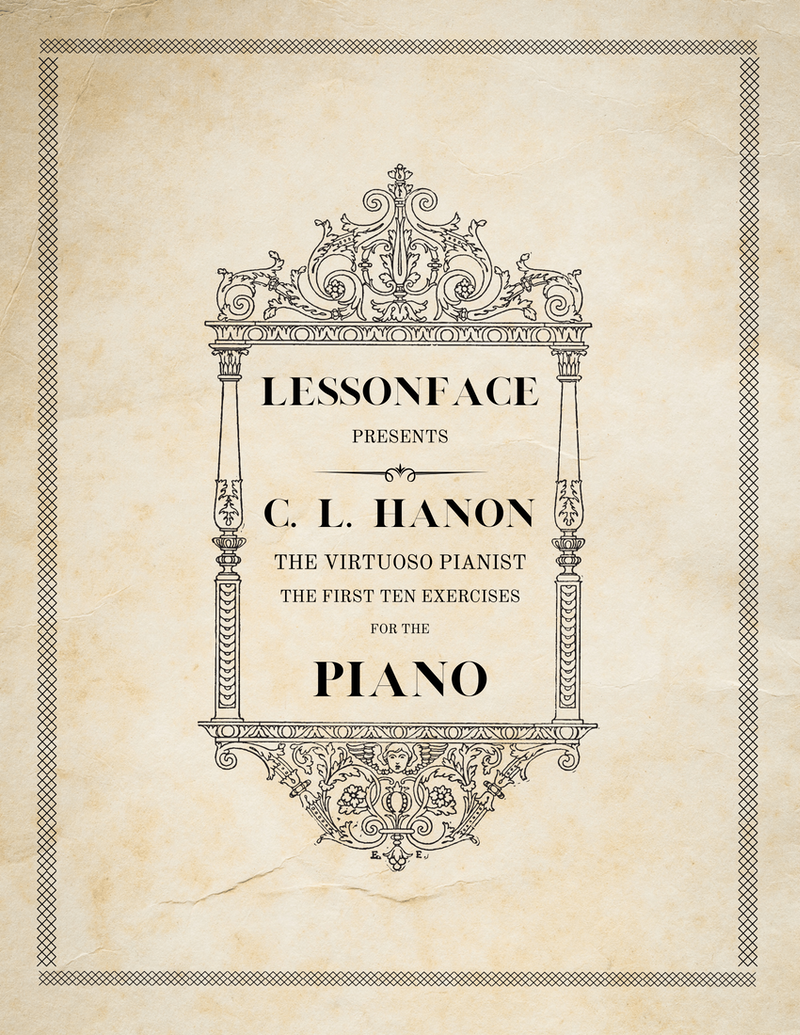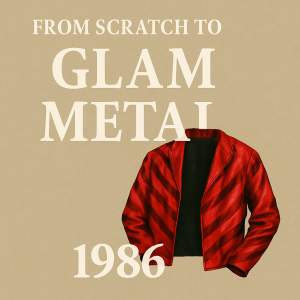What is "Hanon"? How Should You Practice It?
Introduction
Charles-Louis Hanon (1819–1900) was a respected French organist, pianist, and educator of the 19th century. His most recognized contribution to piano education is Le Pianiste Virtuose, also known in English as The Virtuoso Pianist in Sixty Exercises. This influential work is still widely used today, forming a staple in many classical sheet music training regimens aimed at improving finger independence and agility.

Contents
Hanon’s method consists primarily of technical exercises. The book is divided into three sections:
l Basic exercises that build essential muscle control.
l Strengthening routines involving scales, arpeggios, and chromatic sequences.
l Advanced drills focusing on repeated notes, trills, thirds, sixths, octaves, and tremolos.
These sections are not meant to replace repertoire but to support daily warm-ups and technical growth, which is why many piano online lessons programs still recommend it.
Another Version: Hanon for Children
To better suit younger learners, Hanon for Children simplifies the rhythmic patterns of the original. Some exercises are rewritten with quarter notes, and a few are removed entirely. As students progress, they can transition back to the original version. Using easy sheet music in combination with simplified Hanon exercises helps build confidence without overwhelming the student.
Suggested Practice Time
While Hanon is effective, it's best used strategically:
l 30-minute daily practice: Use Hanon every other day, 5 minutes per session.
l 1-hour daily practice: 5–10 minutes per session is ideal.
l 2–3 hours per day: Allocate 10–15 minutes for Hanon.
l More than 3 hours: You may extend up to 30 minutes, but beyond that is not recommended.
The goal is to warm up and sharpen technique, not to exhaust the hands before working on core classical sheet music pieces.
When Should You Start Practicing Hanon?
It's advisable to begin Hanon once you can comfortably read piano notes. Many educators recommend starting after finishing foundational materials like John Thompson’s Easiest Piano Course Books 1–5 or Beyer’s Elementary Instruction Book. Even students preparing for Grade 10 exams use Hanon to refine and maintain their skills. As you advance, you can pair it with other technical collections such as Pischna and Brahms.
How to Practice
To get the most from Hanon, it's essential to practice correctly. Start slow, lift fingers high, and press deliberately. Each note should be clear and strong. After playing each note, relax the finger immediately. This technique promotes strength and fluidity—qualities essential to mastering classical sheet music.
Once the pattern becomes comfortable, gradually increase tempo while lowering the finger height. The recommended tempo goal is 108 bpm. As always, quality matters more than speed.
Some exercises, like those involving awkward finger crossings (e.g., the 2nd or 5th finger over others), can be skipped. They rarely appear in real compositions and may cause unnecessary strain.
Scales and Arpeggios in Hanon
While Hanon introduces scales using the circle of fifths, beginners may find it more effective to start with keys that have fewer accidentals. A practical order is: C major → 1 sharp/flat → 2 sharps/flats, and so on. This mirrors the pacing used in most piano online lessons and complements other easy sheet music progressions.
Similarly, for arpeggios, although Hanon uses the circle of fifths, a customized sequence based on difficulty can yield better results. It ensures smoother development without overwhelming the student.
FAQs
Q1: Is Hanon necessary for learning piano, or are there alternatives?
A: Hanon is a time-tested method for finger training, especially valuable alongside classical sheet music practice. However, some teachers may recommend modern alternatives that incorporate technique through repertoire.
Q2: Can beginners use Hanon right away?
A: Not immediately. Students should first become familiar with piano notes and rhythm reading. Hanon is more beneficial after completing beginner books or structured piano online lessons.
Q3: How can I stay motivated while practicing Hanon?
A: Pair Hanon with favorite easy sheet music pieces to balance technique and enjoyment. Also, track progress by timing exercises or noting improvements in speed and control.












